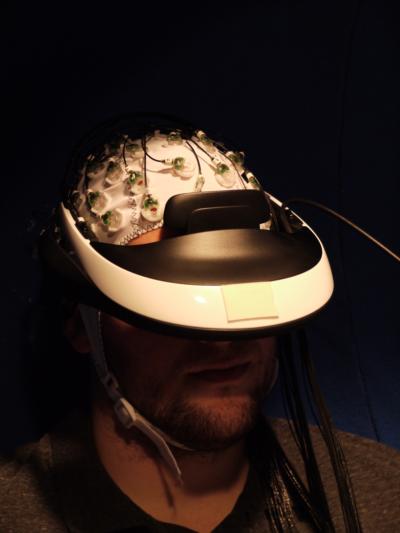Somewhere in the course of running down the Rabbit Hole this morning, I found myself thinking, ‘Wait, this feels familiar.’ Then I remembered where I’d seen Jamie Tyler recently- on the About page for Thync! He’s the CSO and Founder! Exciting to think about what may evolve from Thync based on the links below. We do know that Thync’s first product, now in Alpha will be tDCS based.
Are you ready for Digital Heroin?
William ‘Jamie’ Tyler receives innovation award
Fingers on the pulse: Neuroscientists prove ultrasound can be tweaked to stimulate different sensations
Pulsed Ultrasound Differentially Stimulates Somatosensory Circuits in Humans as Indicated by EEG and fMRI
Remote Control of Brain Activity Using Ultrasound
You can deep dive into Jamie’s work from the Thync Scientific Publications page.
“Other advantages of ultrasound are that it can be focused through the skull to any discrete region of the brain with millimeter accuracy.”
Tyler Lab of Neuroscience and Neurotechnology

…one experimental setup we are working on developing for cognitive enhancement applications. Tyler Lab
Tyler has so far investigated whether ultrasound stimulation could stop epileptic seizures, in which lots of brain regions start firing in synchrony. In one of their first experiments along these lines,Tyler’s team induced seizures in mice before applying ultrasound pulses to their skulls. The sound waves broke up the synchronous firing, ending the seizure. He has high hopes that the technique could be used to treat people with head injuries, who often have seizures. “What if you could develop a device that was an automatic external defibrillator, except for the brain, to treat brain injury?” says Tyler. “That’s my vision.”
The work has inspired Stuart Hameroff to test the technique on himself. An anaesthesiologist and consciousness researcher at the University of Arizona Health Sciences Center in Tucson, Hameroff first suggested to a colleague that they try the therapy to treat chronic pain. The colleague agreed, on one condition. “He looked at me and said, ‘you have a nice shaped head, why don’t we try it on you’,” says Hameroff.
Mood lifter
So they did. They applied ultrasound to Hameroff’s temple for 15seconds. Nothing happened immediately. “But about a minute later, I started to get a buzz, like I had a martini, and felt really good for about 2 hours.”
via TranshumanTech: [tt] NS 2932: The knockout enigma: How your mechanical brain works. From New Scientist: http://www.newscientist.com/article/mg21929320.600-the-knockout-enigma-how-your-mechanical-brain-works.html
